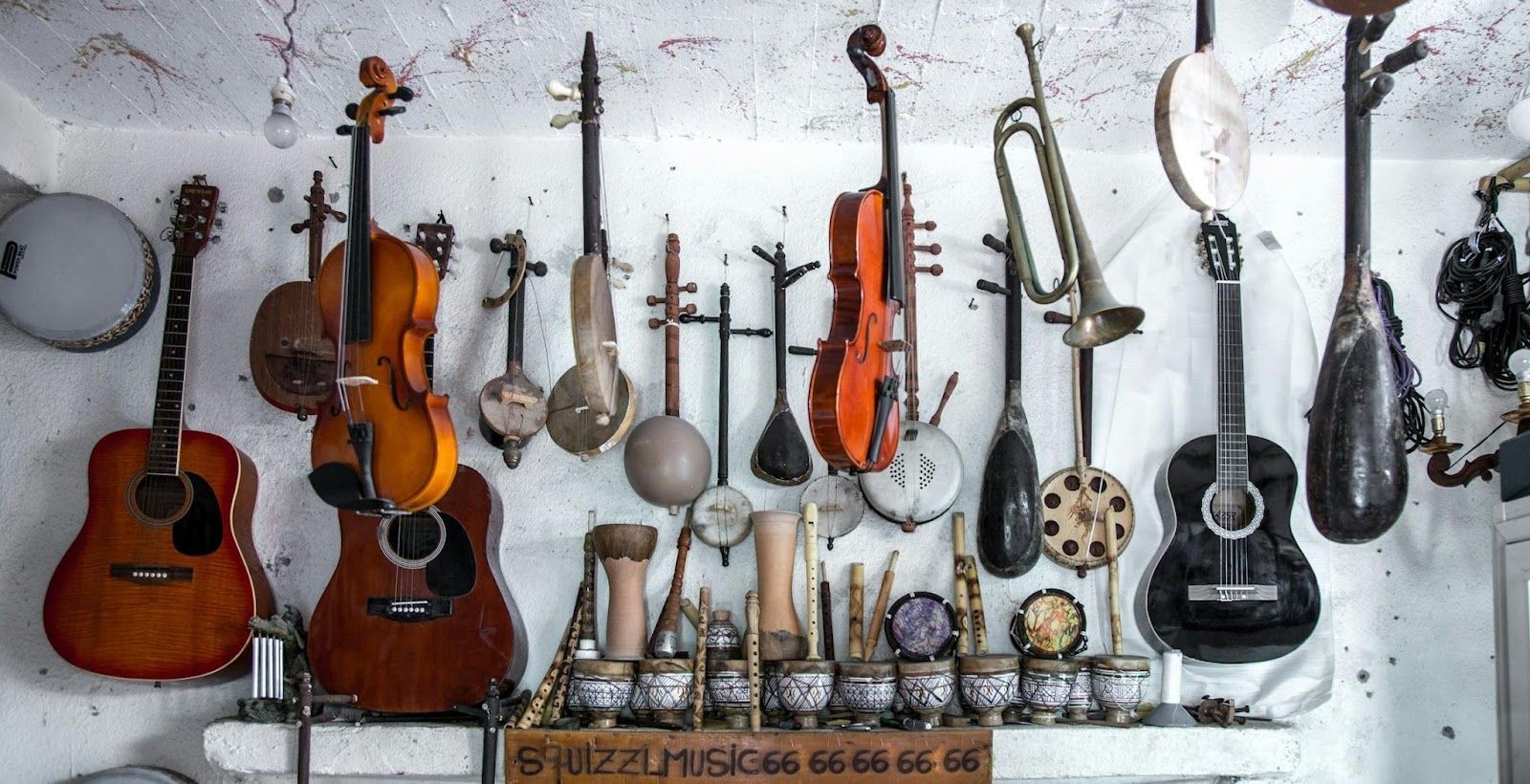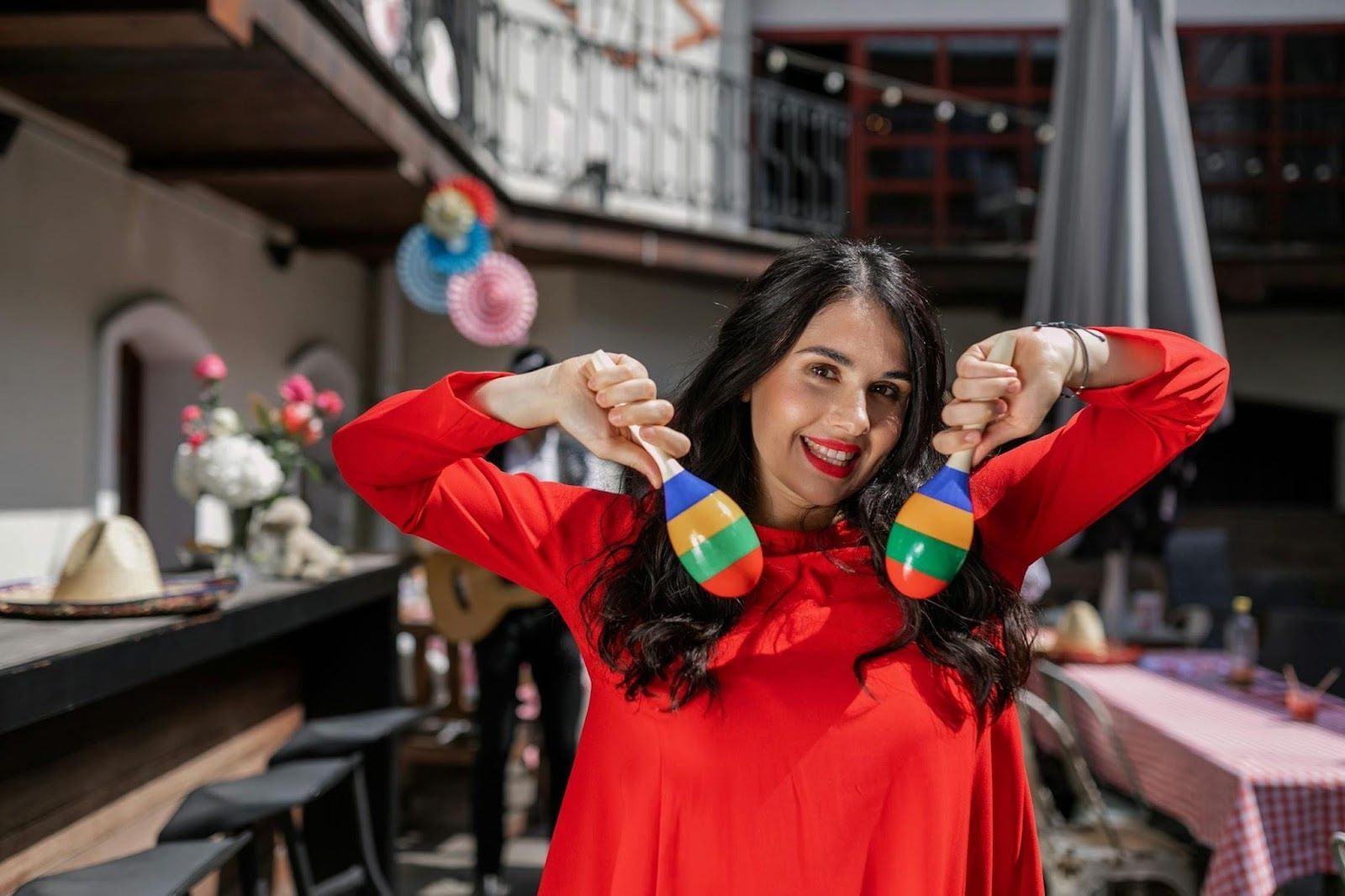Who’s Louie Vitton?
People often spell these very famous brands wrong: Do you?
Published on May 28, 2025
 Credit: appshunter.io
Credit: appshunter.io
Sure, we all recognize the brand with the three stripes: Addidas. Or is it Adidas? Would you be able to spot the correct spelling of very famous brand names? Well, hundreds of thousands of people each month fail to do so. Google’s records show massive numbers of searches for words like Louie Vitton, Gilete, Henikin, and Lecoste (spoiler alert: all are incorrect). Read on to discover some curious ways people spell brand names—and see if you can spot the real ones!
Adidas, Addidas, or Addias?
 Credit: Max Letek
Credit: Max Letek
The three-stripe giant was founded by Adolf "Adi" Dassler in Germany in the 1940s. As we know, it’s one of the world’s biggest names in athletic apparel and footwear. Yet, misspelling the name is surprisingly common.
"Addidas" is wrong. So is "Addiddas." "Addias" just looks like a typo. It’s actually much simpler than many people think: it’s Adidas, like Adi-Dassler. Yet, over half a million people misspell it on Google every month.
Ferrari or Ferari?
 Credit: Brandon Atchison
Credit: Brandon Atchison
Founded in Italy in 1939, this legendary brand is synonymous with speed, luxury, and a very particular shade of red. These cars have won countless races and become a symbol of prestige.
So why the confusion? It might be the Italian pronunciation that trips people up. But "Ferari" just drops a letter too many. The correct spelling is Ferrari. On average, the brand is Googled with common misspellings around 123,000 times a month!
Haagen Dasz, Häagen-Dazs, Haagen Daz, or Haagen Daaz?
 Credit: Courtney Cook
Credit: Courtney Cook
As many spelling options to choose from as there are available flavors. This luxurious ice cream brand, born in NYC, went a bit far in trying to evoke European flair. It’s not Danish or Swedish—it’s from the Bronx.
So why the umlauts in the name? The founders chose it to sound Danish and suggest "old-world craftsmanship," even though the word itself means absolutely nothing. The confusion is understandable. Here’s the correct spelling, once and for all: Häagen-Dazs.
Louis Vuitton, Louis Vitton, or Luis Vuitton?
 Credit: Llibert Losada
Credit: Llibert Losada
The crown jewel of French fashion, founded in 1854 and famous for its iconic LV monogram, luggage trunks, and handbags. Its French pronunciation might be tricky to type out. "Louis Vitton" tries to keep the vibe but doesn’t hit the mark. "Luis Vuitton" is close in sound, but Luis is too Spanish to be French.
The correct spelling is Louis Vuitton. Easy to remember: two Os, two Us, two Is, two Ts.
Heinikin, Heinken, or… Heineken?
 Credit: Stella de Smit
Credit: Stella de Smit
Founded in 1864 in Amsterdam, the green-bottle beer is one of the most recognized brands in the world. Its red star is famous across more than 190 countries. But spelling it? That’s another story.
"Heinken" is a usual slip. Heinikin is, again, close enough. But the correct spelling is Heineken. On average, the brand is Googled with common misspellings about 90,000 times a month!
Gillete, Gilette, Gillette, or Gilete?
 Credit: Brett Jordan
Credit: Brett Jordan
The razor giant with the smoothest slogan—"The Best a Man Can Get"—was founded in 1901 by an American businessman (no, he wasn’t French). But King C.'s surname is a spelling trap for millions, even today.
"Gillete" is missing a letter. So is "Gilette." "Gilete" just gives up entirely. The correct spelling is Gillette, and it’s time we learned it!
Ascis, Asics, or Ascics?
 Credit: Nik Shuliahin 💛💙
Credit: Nik Shuliahin 💛💙
This popular athletic shoe brand hails from Japan, but its name is rooted in Latin: Anima Sana In Corpore Sano "A healthy mind in a healthy body." That should be enough of a hint to remember how to spell it!
It’s not "Ascis" or "Ascics". It’s "Asics," a very beautiful and simple-enough acronym.
Tommy Hilfiger, Tommy Hillfiger, Hilfinger, or Hillfigure?
 Credit: Anna Keibalo
Credit: Anna Keibalo
You read that correctly — some people Google this brand as "Hillfigure." The red, white, and blue prep style might be iconic, but spelling this designer’s name is still a challenge.
The double "l" in "Hillfiger," the rogue "n" in "Hilfinger," and "Hillfigure" all turn up frequently in searches. The correct spelling is Tommy Hilfiger—and it’s misspelled roughly 23,400 times a month!
Lacoste, La Coste, or Lecoste?
 Credit: Caste
Credit: Caste
That little green crocodile has stood for French casual elegance since the 1930s. This is another surname that confuses people. It belonged to the tennis legend nicknamed "The Crocodile" for his tenacity on the court.
But whether it’s mistaken for two words ("La Coste") or phonetically bent into "Lecoste," the spelling can trip people up. The correct way to write it is Lacoste.
Channel, Chanell, or Chanel?
 Credit: Yves Monrique
Credit: Yves Monrique
Coco changed fashion; she changed the way the world saw elegance and simplicity, and taught us the power of a little black dress. And yet, her timeless name is often lost in translation.
"Channel" might sound correct, and to others, so could "Chanell." But there’s only one way to spell high fashion—and it’s Chanel.
Hiundai, Hyundai, or Hundai?
 Credit: Mpho Mojapelo
Credit: Mpho Mojapelo
South Korea’s automotive powerhouse is a puzzle both for pronunciation and spelling. Eventually, one might learn that the accepted pronunciation is "HUN-day."
What about the correct spelling? "Hundai" is an understandable and common detour. "Hiundai" is another widespread but incorrect one. The correct spelling is Hyundai. Yet, 605,000 times a month, people search using one of the incorrect options!
Lamborgini, Lamborghini, or Lambogini?
 Credit: Toni Zaat
Credit: Toni Zaat
If you can tell which of the three is correct on the first try, congratulations: you are a pro. Founded to rival Ferrari, this Italian supercar brand is all about roaring engines and luxury speed. But all those syllables can make one swerve.
"Lamborgini" drops an "h." "Lambogini" is a bit too off. Indeed, the correct spelling is Lamborghini. Another of the most mixed-up brand names googled every month!
Dolce & Gabbana, Dolcce Gabbana, or Dolce and Gabana?
 Credit: Arno Senoner
Credit: Arno Senoner
Finally, can you tell which one is correct? Another Italian luxury brand that leaves us staring at the keyboard. Founded by Domenico and Stefano, this brand’s name is a unison of both their surnames.
The first mistake is forgetting the ampersand—it is indeed part of the name. Another mistake is adding an unnecessary second "c" to "Dolce," or subtracting a necessary "b" from "Gabbana." So, here’s the correct spelling: Dolce & Gabbana.










